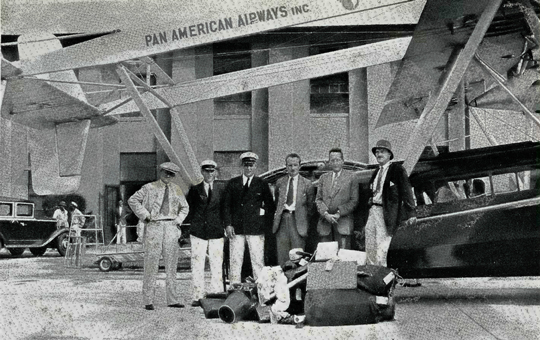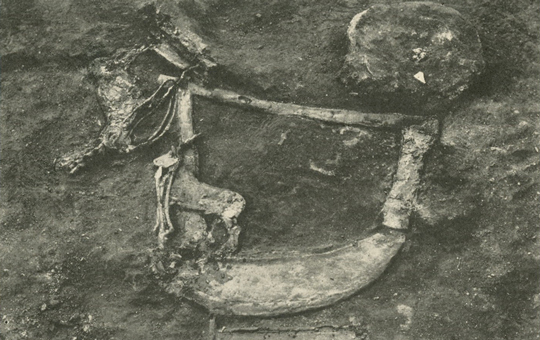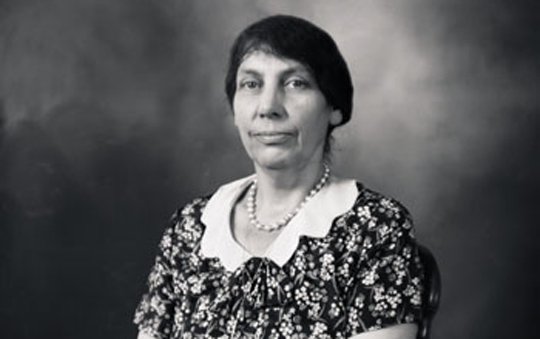The Museum Journal
Originally published from 1910–1935, the Museum Journal includes articles which may not reflect the current views and values of the Penn Museum.
The scope and purpose of the Journal make it a standard publication of merit, containing much information regarding exploration and kindred topics which cannot be had elsewhere... It will relate the history of expeditions in the field and give descriptions of all new acquisitions.

Aerial Expedition to Mexico and Central America
This 1930 expedition investigated the ancient Maya civilization of Central America from both air and land, particularly in those areas not previously covered by either method. Along with taking breathtaking photographs, the expedition also discovered several new archaeological sites amongst the rainforest and rivers, and provided new geographical and ethnological data.
View Articles
Joint Expedition of The British Museum and The University Museum to Mesopotamia
Ur was one of the first famous archaeological digs. The excavations uncovered some of the most well-known and celebrated art from Mesopotamia. These excavations in southern Iraq lasted from 1922 to 1934, and entranced the press and readers in the US and England with the magic of archaeology and ties to familiar biblical stories. C. Leonard Woolley directed the Joint Expedition of the British Museum and the Penn Museum, and the copious artifacts were divided between these two museums and the Baghdad Museum in Iraq.
View Articles
Edith Hall Dohan
Dohan was an mediterranean archaeologist who brought the first Mycenaean and pre-Mycenaean collection to the United States for display. She excavated throughout Greece, including in Crete, Sphoungaras, and Vrokastro. She was the second American woman to direct an archaeological excavation on Crete and the third woman ever to in Greece, going on to become Curator of the Mediterranean Section at the Penn Museum.
View Articles by Edith Hall Dohan
Clarence S. Fisher
Fisher was called “the ablest field archaeologist in America,” and helped invent the “American Method” of excavation. He was Curator of the Egyptian Section at the Penn Museum, and led excavations throughout Egypt, and discovered the palace of Merenptah in Memphis.
View Articles by Clarence S. Fisher
C. W. Bishop
Bishop was a archaeologist and Curator of the Asia Section for the Penn Museum. He made several archeological surveys in China, Japan, and Korea, and led excavations at Neolithic sites in China. He greatly expanded the Asian Section’s collections of the Museum through his travels.
View Articles by C. W. Bishop
